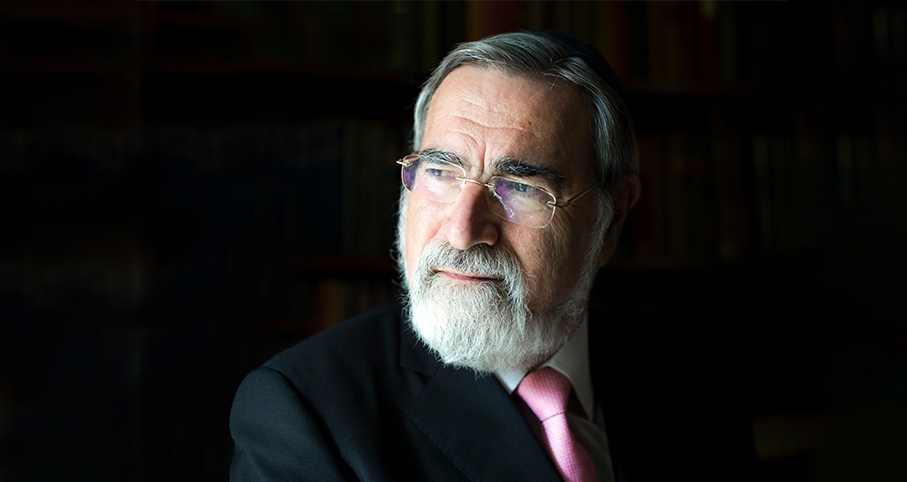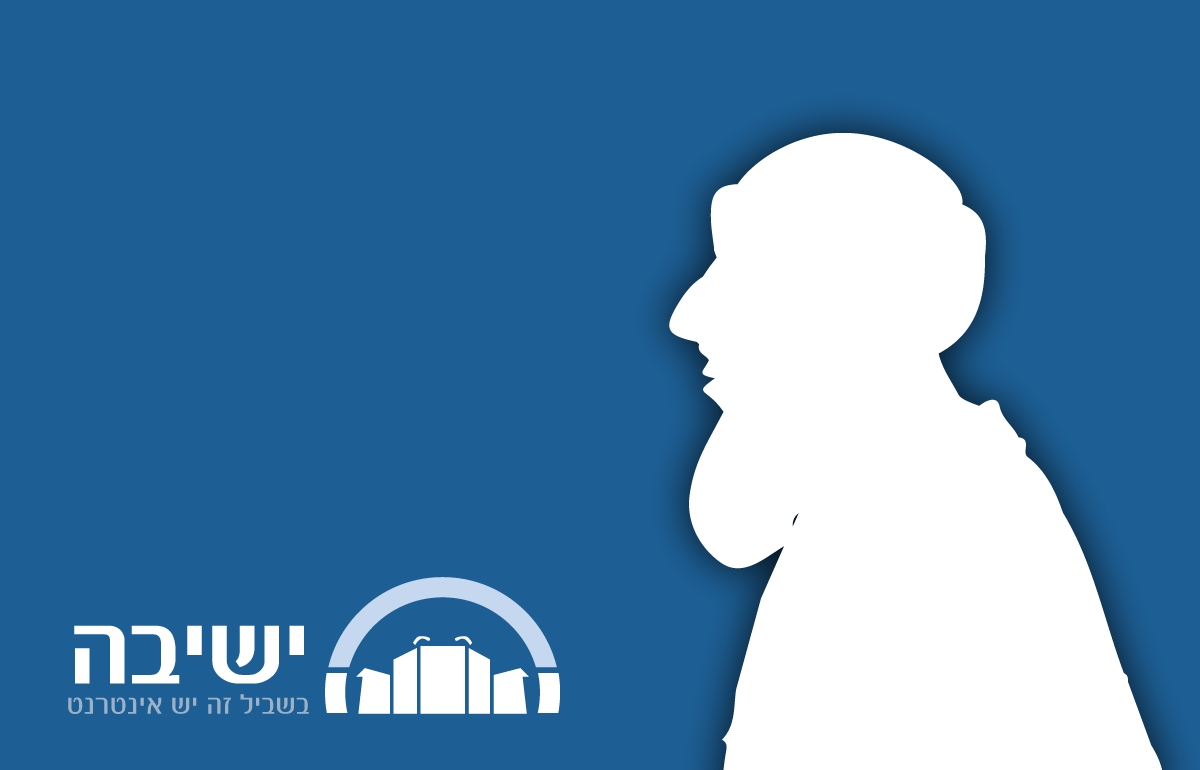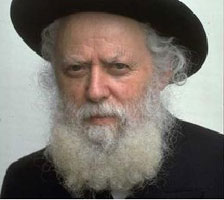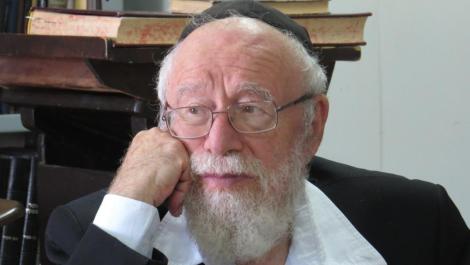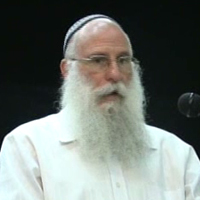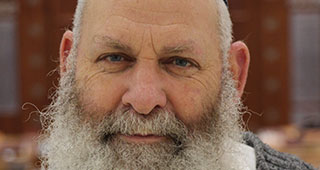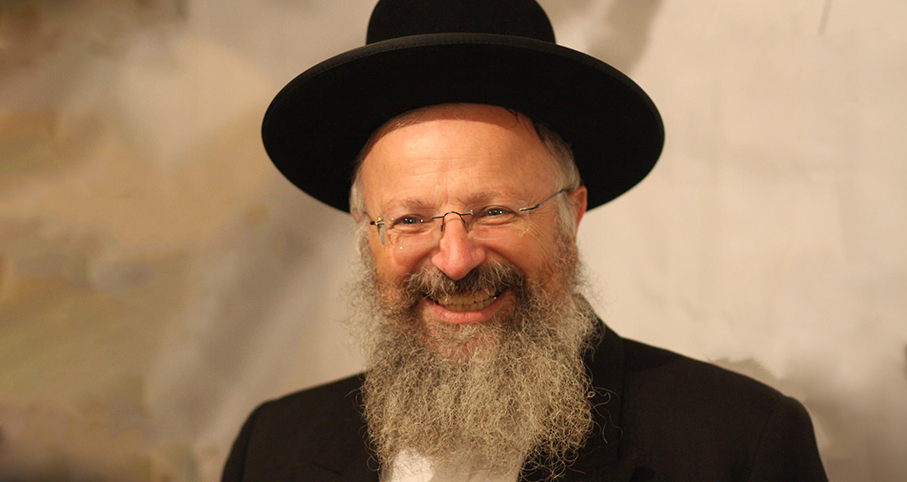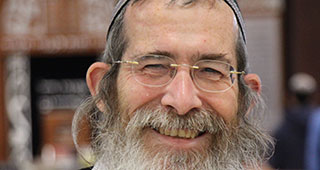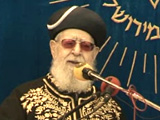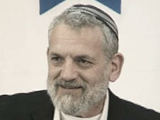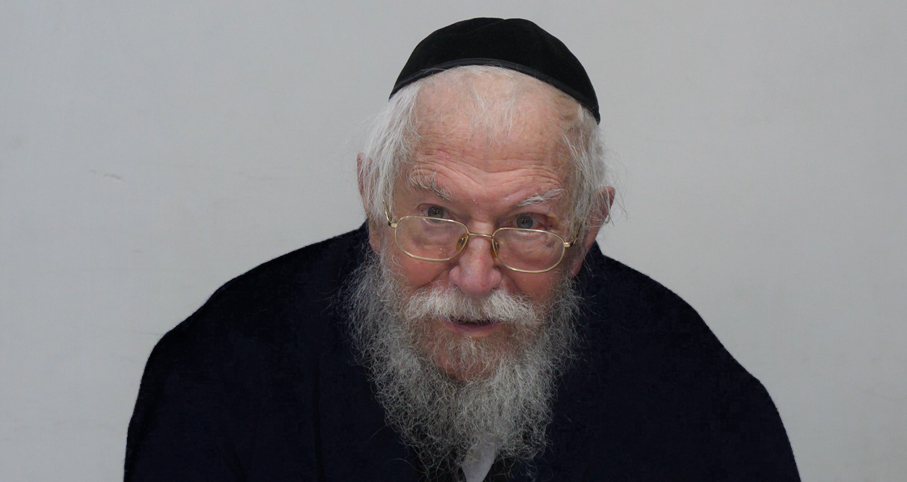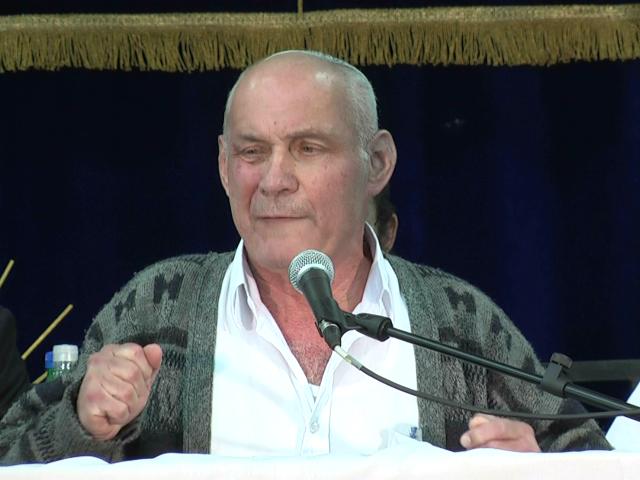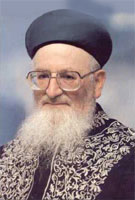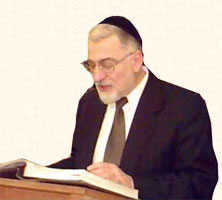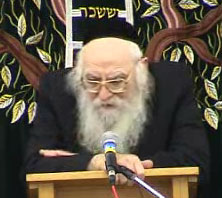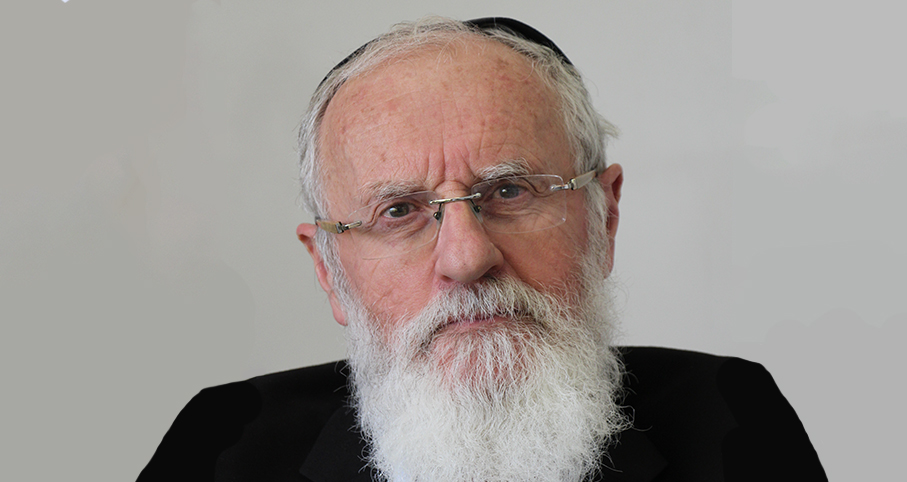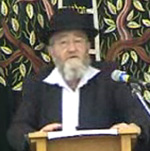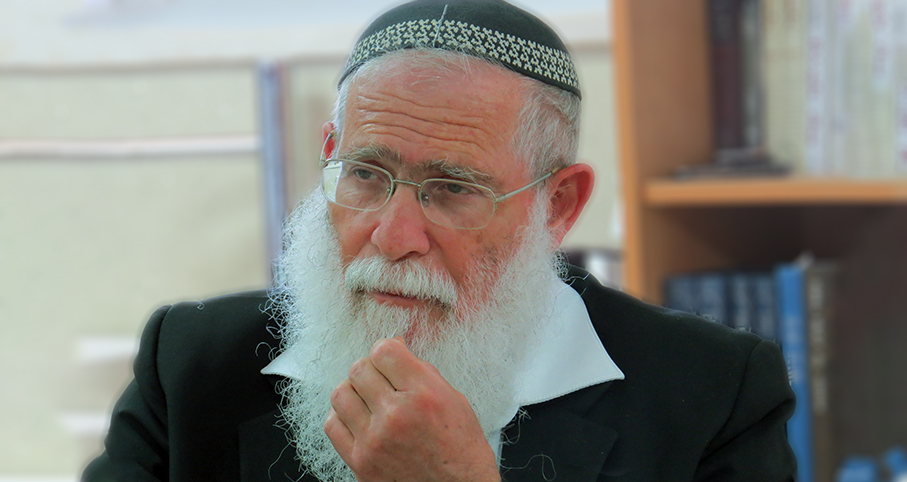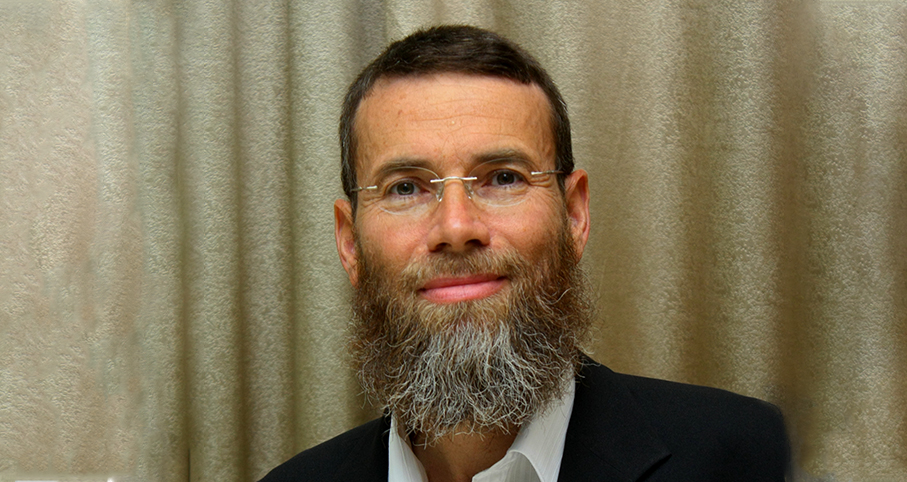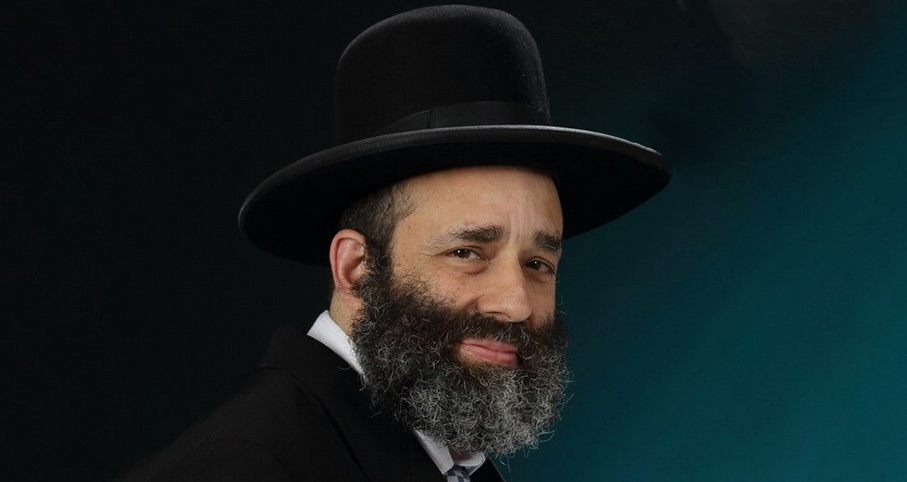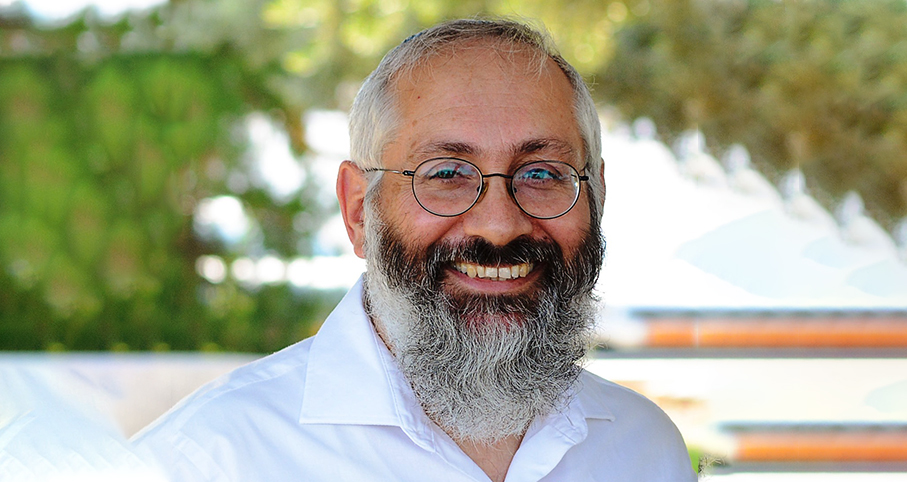Beit Midrash
- Sections
- Chemdat Yamim
- Parashat Hashavua
- Torah Portion and Tanach
- Bamidbar
- Bamidbar
As alluded to, the encampment was based on a tribal division, according to the twelve tribes of Israel, with each tribe having a position and its own leader (listed in Bamidbar 1:4-15). The subsequently described census of the nation was also broken up on the basis of tribes. In the encampment, each direction had three tribes encamped in proximity to each other, with the Encampment of the Divine Presence in the middle. (To a great degree, these groupings were preserved in Eretz Yisrael, as surrounding the Tribe of Binyamin, where the Beit Hamikdash was established, there were on four different sides, the tribe-leaders of the four directions from the desert: Reuven, Yehuda, Ephrayim, and Dan.)
King David tried to unify the Nation of Israel around his capital, Yerushalayim, "the city that was not apportioned to any individual tribe" (Yoma 12a). While unifying the nation, he was careful not to undo the tribal distinctions. When he organized his kingdom (see Divrei Hayamim I, starting with perek 23), he appointed negidim, leaders of subgroups. These were actually tribe heads, as each one was from a specific tribe and for that tribe (see ibid. 27:16-22).
If we contrast this division of the leadership with the one that Shlomo did at his time (see Melachim I, 4:7-15), we will see that Shlomo took the approach of trying to erase tribal distinctions. He called his leaders nitzavim (representatives of the king), and he broke them up not by tribe but by geographical regions (which did not always coincide exactly with the tribal boundaries). Many of the nitzavim were from Shlomo’s family as opposed to being local representatives. This infringement on the rights of the individual tribes did not work and was involved in the division of the kingdom that took place during the reign of Rechavam, Shlomo’s son. This in turn impacted on the status of Yerushalayim as the center of the country. Rechavam did not even attempt to "mend the tear" in Yerushalayim but rather in Shechem, and in any case he did not succeed.
We see that David’s approach, of keeping the tribal distinctions, but unifying them in Yerushalayim, the city that was not apportioned to any tribe, was the right approach. In the upcoming week, when we celebrate the unification of Yerushalayim, the city that unifies the people, let us remember the special spiritual power of the Holy City.
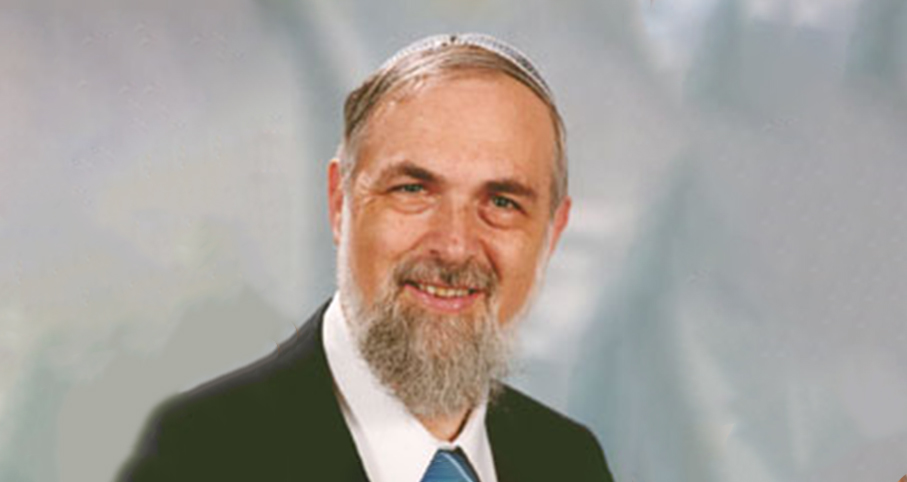
Parashat Hashavua: 137 and the Power of Uncertainty
Rabbi Yossef Carmel | Cheshvan 5786
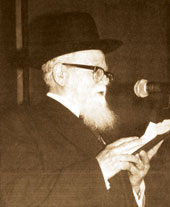
The Right View of a Jewish Legal System
Rabbi Shaul Yisraeli zt"l | 5771

Parashat Hashavua: How to Ensure a Future of Torah
Rabbi Yossef Carmel | Cheshvan 5786

